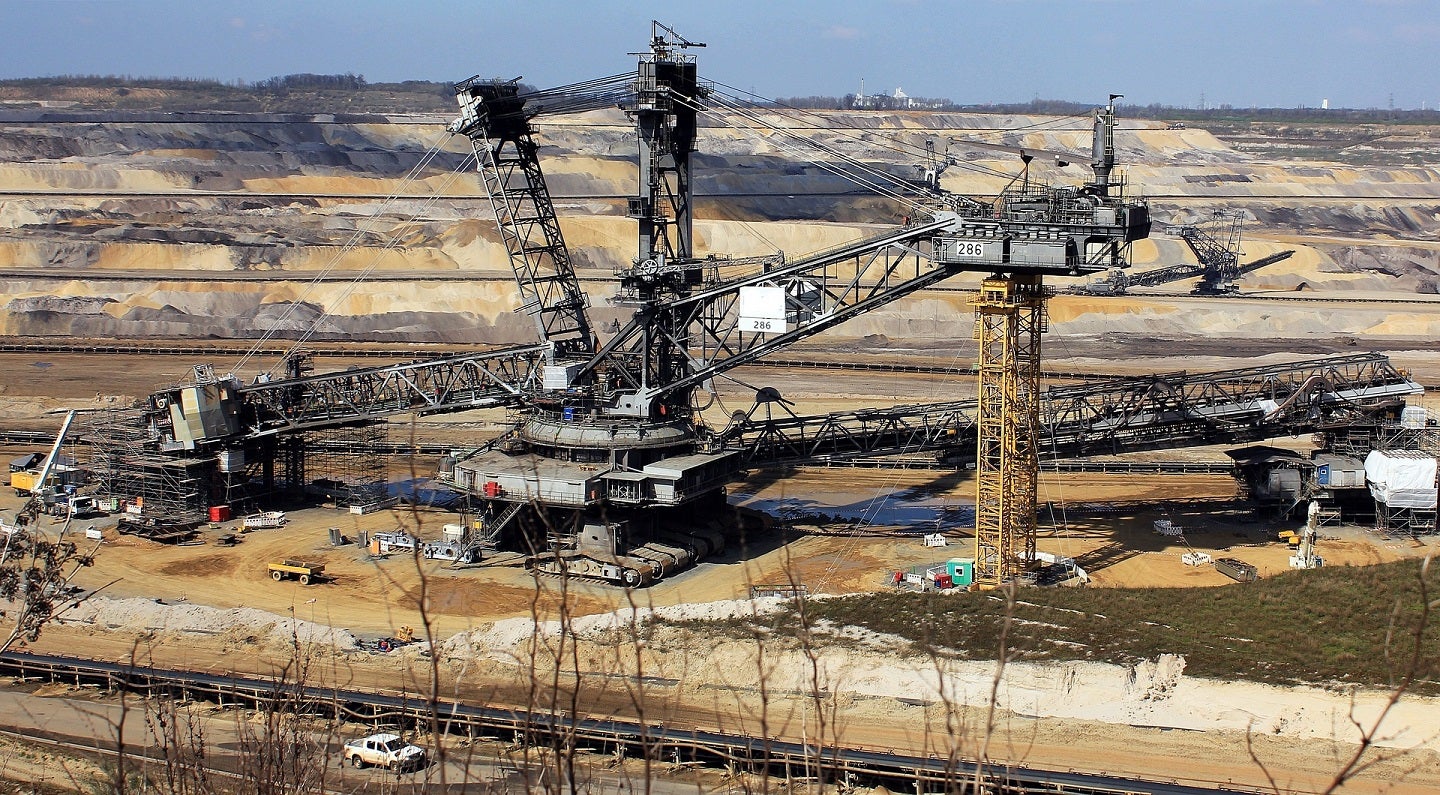Summary
- Oil prices continue rise as supply risks move into focus
- OPEC+ ministerial meeting makes no recommendation on policy
- Taiwan’s Formosa refinery restarts after brief halt following earthquake
- U.S. EIA stock data to be released at 1430 GMT
(Reuters) – Oil prices extended gains on Wednesday, as investors mulled supply risks stemming from Ukrainian attacks on Russian refineries and the potential for escalation in the Middle East conflict, while OPEC+ ministers made no changes to current output cuts in a meeting.
Brent crude futures for June rose 75 cents, or 0.84%, to $89.67 per barrel at 1130 GMT, while U.S. West Texas Intermediate crude futures for May gained 73 cents, or 0.86%, to $85.88 a barrel.
OPEC+ ministers made no fresh policy recommendations in a meeting on Wednesday, two sources said, after the group already decided to extend current production cuts until June last month.
Oil futures compounded Tuesday’s gains, when both Brent and WTI climbed 1.7% to their highest since October.
Prices jumped higher on Tuesday after a fresh round of Ukrainian drone attacks on Russian refineries threatened to take even more of the country’s processing capacity offline.
Investors were also concerned that conflict in the Middle East could spread, after Iran vowed revenge against Israel for an attack on Monday that killed high-ranking military personnel.
A wider conflict in the Middle East involving more oil-producing nations could cause supply disruptions. Iran, which provides support for the Hamas militia fighting Israel in Gaza, is the third-largest producer in the Organization of the Petroleum Exporting Countries (OPEC).
“The rise in hostilities in both hotspots pushed the price of the two crude oil futures contracts to their highest levels this year,” PVM analyst Tamas Varga said of Tuesday’s rise.
Bank of America Global Research raised its 2024 Brent and WTI forecasts to $86 and $81 a barrel respectively, it said in a note on Wednesday, on firming demand and escalating political tensions.
“Geopolitical turmoil has also boosted oil demand via longer trade routes and impacted supply by reducing refining capacity via attacks on Russian energy infrastructure.” the bank said.
Elsewhere on Wednesday, Taiwan’s strongest earthquake in at least 25 years briefly caused Formosa Petrochemical to halt operations at its Mailiao refinery as a precautionary measure, but works have since restarted.
The U.S. Energy Information Administration (EIA) will also release oil inventory data later on Wednesday. Data from the American Petroleum Institute reported crude inventories fell by 2.3 million barrels last week, traders said on Tuesday.
Share This:



